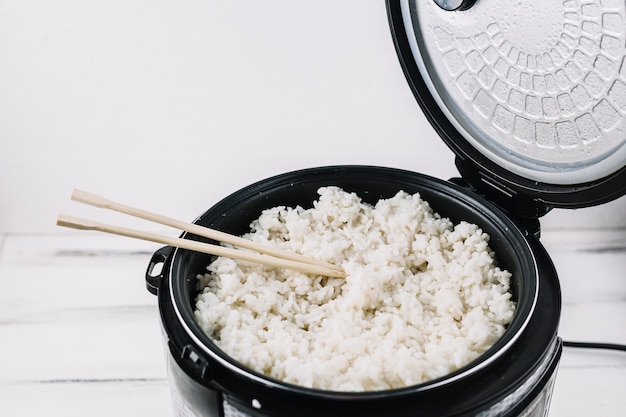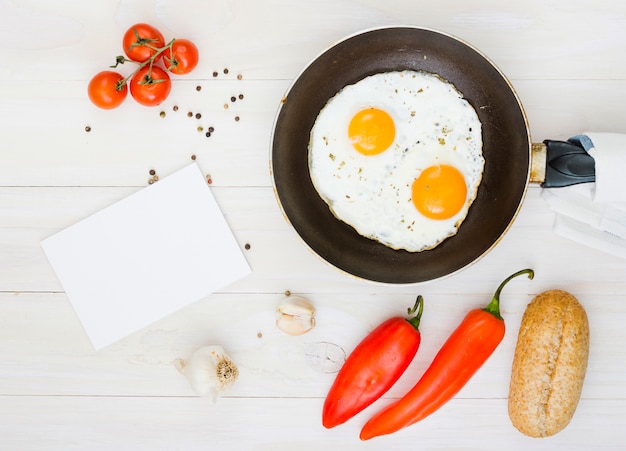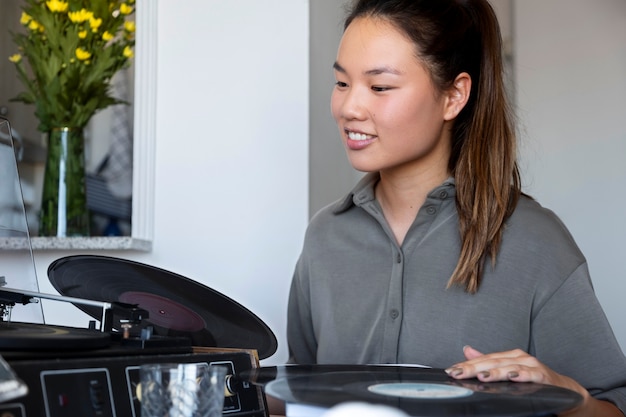(Part 1) choosing the right rice

It's All About the Grain
The first step to perfect rice is picking the right variety. Think of it like choosing the right wine for your dinner – you want to make sure it complements your meal, not clash with it. Not all rice is created equal, you know. There's a whole world of varieties out there, each with its own unique texture and flavour.So, what are we looking for? It all depends on the dish you're making. For sushi, you'll want short-grain rice, which is sticky and holds its shape well, perfect for those intricate rolls. For a fluffy side dish, long-grain rice is your best bet, offering a light and airy texture that complements any meal. And if you're feeling adventurous, you can explore the world of brown rice, wild rice, or even black rice. Brown rice, with its nutty flavour and chewy texture, adds a healthy and hearty element. Wild rice, with its earthy flavour and long, slender grains, brings a distinct character to your dishes. Black rice, with its vibrant colour and slightly sweet flavour, is a beautiful addition to any meal.
My Personal Picks
Here's a quick rundown of my go-to rice varieties:- long-grain white rice: This is my everyday rice. It's versatile, cooks quickly, and has a subtle, nutty flavour. Perfect for stir-fries, curries, or even just a simple bowl with some butter.
- basmati rice: For a special occasion, nothing beats Basmati. It's fragrant, fluffy, and makes a stunning pilaf. Just make sure you get good quality rice, as some brands can be a bit dry.
- jasmine rice: This Thai staple has a floral aroma and a slightly sticky texture. It's delicious with Asian dishes like Pad Thai or green curry.
- Brown rice: A healthy and hearty choice, brown rice is a good source of fibre and nutrients. It takes a little longer to cook than white rice, but it's worth the wait.
(Part 2) The Rinsing Ritual

Why Rinsing Matters
Now, before we even think about cooking, we need to give our rice a good rinse. This might seem like an unnecessary step, but trust me, it's crucial. Rice is often coated in a layer of starch that can make it sticky and clumpy when cooked. Rinsing removes this excess starch, ensuring fluffy, separate grains. Think of it as giving your rice a refreshing shower before it goes in the oven.The Rinsing Routine
Here's how to rinse your rice like a pro:- Measure your rice: Use a measuring cup to measure out the desired amount of rice. For most recipes, you'll need about 1 cup of rice for every 2 cups of water.
- Rinse in a strainer: Place the rice in a fine-mesh strainer and run cold water over it until the water runs clear. This can take a few minutes, so don't rush it. You'll be amazed at the amount of milky-white starch that washes out.
- Gently shake: Once the water is clear, give the rice a gentle shake to remove any excess water.
(Part 3) Mastering the Art of Cooking

The Golden Ratio
Now, for the cooking part. The key to perfect rice is the ratio of rice to water. This is where things can get tricky, as different types of rice require different ratios. But I've got a little trick up my sleeve that's worked wonders for me.The One-Cup Method
For every cup of rice, use 2 cups of water. This is a good starting point for most varieties of rice. You can always adjust the water amount slightly based on your preferred texture. Remember, it's better to err on the side of too much water than not enough. You can always drain off any excess water if needed.The Cooking Process
Here's a simple, foolproof method that I always use:- Bring the water to a boil: Place a pot on the stovetop and bring the water to a rolling boil. This ensures that the cooking process starts quickly and evenly.
- Add the rice: Gently add the rinsed rice to the boiling water. Stir the rice once to make sure it's submerged. This prevents the rice from sticking to the bottom of the pot.
- Reduce heat and simmer: Reduce the heat to low and cover the pot with a tight-fitting lid. Let the rice simmer for 15-20 minutes, or until the water is absorbed. This is where the magic happens! The low heat allows the rice to cook evenly and absorb the water without scorching.
- Rest and fluff: Once the water is absorbed, remove the pot from the heat and let the rice rest for 5-10 minutes. This allows the rice to steam and become even more fluffy. The steam helps to continue cooking the rice and creates a light, airy texture. Finally, fluff the rice with a fork before serving. This releases any trapped steam and gives the rice a nice, airy texture.
(Part 4) Don't Forget the Salt!
You might be wondering, why bother adding salt? Isn't rice perfectly fine on its own? Well, yes and no. A pinch of salt can really enhance the flavour of your rice. It brings out the sweetness of the grains and adds a subtle depth that you wouldn't believe.The Salt Trick
Add a teaspoon of salt to the water before you bring it to a boil. It's a simple trick, but it makes a big difference. Think of it as seasoning your water, just like you season your food. It’s a small touch that can elevate the overall taste of your rice, making it more flavorful and satisfying.(Part 5) The Art of Fluffing
Fluffing your rice is the final step before serving, and it's a crucial one. It helps to release the steam trapped inside the rice, ensuring a light and airy texture.Fluffing Techniques
- The Fork Method: This is my go-to method. Simply use a fork to gently lift and separate the rice grains, being careful not to break them. A gentle hand here is key to achieving the perfect fluff.
- The Rice Paddle Method: If you have a rice paddle, use it to gently stir and fluff the rice. This is especially helpful for sticky rice varieties like sushi rice. The flat surface of the paddle helps to evenly distribute the rice and prevent clumping.
- The Whisk Method: For a more even distribution, you can use a whisk to gently stir and fluff the rice. Just be careful not to overdo it, as this can break the rice grains. The whisk helps to create a light and airy texture, but be gentle to avoid making the rice mushy.
(Part 6) The Secret to Perfectly Cooked Rice
Testing the Rice
You've got your pot of rice simmering, but how do you know when it's actually done? Well, there's a little trick.The Test
Carefully lift a single grain of rice from the pot and examine it. If the center of the grain is still white, it needs more time. If the center is opaque and the grain is firm to the touch, it's perfect! It should feel cooked through and slightly chewy.(Part 7) Variations and Substitutions
Cooking with Less Water
If you prefer your rice a little firmer, try using slightly less water. Start with 1 3/4 cups of water per cup of rice and adjust accordingly. This creates a drier, more al dente texture that’s ideal for certain dishes.Adding Flavor
Want to take your rice game to the next level? Get creative!- Add herbs and spices: Experiment with fresh herbs like rosemary, thyme, or basil, or add a pinch of your favorite spices like cumin, coriander, or turmeric. These additions can bring a whole new dimension of flavour to your rice.
- Add vegetables: While your rice is cooking, add chopped vegetables like carrots, peas, or onions to the pot for a flavorful and healthy side dish. This makes for a simple yet satisfying meal with added nutrients.
- Add citrus zest: For a touch of freshness, add a teaspoon of lemon or orange zest to the rice while it's cooking. The citrus zest adds a bright and refreshing element to your rice, making it perfect for summer dishes.
Cooking Brown Rice
Brown rice takes a bit longer to cook than white rice, so be prepared. The ratio of rice to water is slightly different as well. For every cup of brown rice, use 2 1/2 cups of water. Simmer the brown rice for about 45 minutes to an hour, or until it's tender and the water is absorbed. The longer cooking time is due to the bran layer on brown rice, which makes it denser and chewier.(Part 8) Storing and Reheating Leftovers
Storing Leftovers
Once your rice is cooked, store it in an airtight container in the refrigerator for up to 3 days. This helps to keep the rice fresh and prevent it from drying out.Reheating Leftovers
- Microwave: Simply place the rice in a microwave-safe container and heat on high for 1-2 minutes, or until heated through. The microwave is a quick and easy way to reheat rice, but be careful not to overcook it, as it can become dry and hard.
- Stovetop: Add a tablespoon of water to the rice and heat in a saucepan over low heat for a few minutes, stirring occasionally until heated through. This method helps to rehydrate the rice and prevent it from becoming dry.
- Oven: Spread the rice in a baking dish and heat in a preheated oven at 350 degrees fahrenheit for 10-15 minutes. This is a good option if you want to reheat a larger batch of rice or if you want to keep it warm for a longer period of time.
(Part 9) FAQs
Q1. Can I use a rice cooker to make perfect rice?
Absolutely! Rice cookers are a great option for making perfect rice every time. They automatically adjust the cooking time and temperature to ensure consistent results. However, if you prefer the hands-on approach of stovetop cooking, there's nothing wrong with that!
Q2. What should I do if my rice is too sticky?
If your rice is too sticky, it might be due to not rinsing it properly or using too little water. Next time, make sure to rinse the rice thoroughly and use the correct ratio of water to rice. If the rice is already cooked, you can try fluffing it with a fork to make it less sticky.
Q3. How do I know if my rice is undercooked?
If your rice is undercooked, it will be hard and crunchy in the center. If this happens, simply add a little more water to the pot, cover it, and simmer for a few more minutes until the rice is cooked through.
Q4. Can I use tap water to cook rice?
Yes, you can use tap water to cook rice. However, if you have hard water, it might leave a mineral deposit on your rice. If you're concerned about this, you can use filtered water or bottled water.
Q5. What can I do with leftover rice?
The possibilities are endless! You can make rice bowls, fried rice, rice pudding, or even use it as a base for other dishes. Get creative and have fun with it!
So there you have it! My ultimate guide to perfect stovetop rice every time. It's all about choosing the right rice, rinsing it properly, using the correct ratio of water to rice, and cooking it slowly and patiently. Trust me, it's not as complicated as it seems. With a little practice and some helpful tips, you'll be making perfect rice in no time. Happy cooking!Everyone is watching

Corn on the Cob: The Ultimate Guide to Perfectly Cooked Ears
Healthy MealsAh, corn on the cob. Just the name evokes images of sunny days, barbecues, and that sweet, juicy flavour that ...

Perfect Pork Roast Oven Cooking Time: A Guide to Delicious Results
Healthy MealsThere's something truly satisfying about a perfectly roasted pork. The aroma alone is enough to make your mout...

Ham Cooking Time: How Long to Bake, Smoke, or Boil a Delicious Ham
Healthy MealsAh, ham. It's a classic, isn't it? A real crowd-pleaser, especially around holidays. And when done right, it'...

Scallops: The Ultimate Guide to Perfect Cooking
Healthy MealsAh, scallops. Those delicate, sweet, and utterly delicious morsels of the sea. They hold a special place in my...

Spaghetti Squash: The Ultimate Guide to Cooking and Serving
Healthy MealsRemember that time you saw spaghetti squash at the supermarket, looking all bumpy and strange, and thought, "W...
